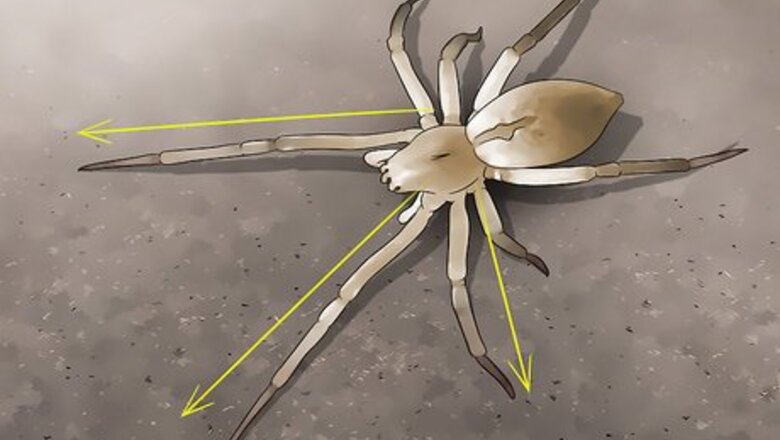
views
Identifying the Spider's Physical Characteristics
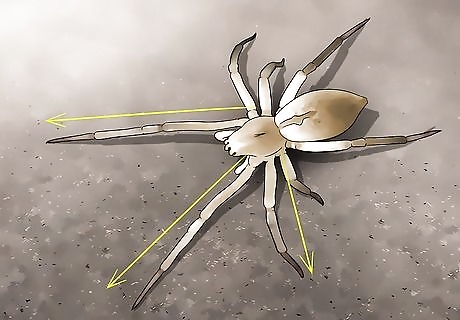
Look for long legs. The yellow sac spider's legs are relatively long – slightly longer than their body. In addition, their front 2 legs are longer than the rest of their legs. Their legs are also relatively thin and do not have a muscular appearance.

Watch for black feet. The tips of the yellow sac spider's legs are black in color. The color comes from tiny black hair that cover their feet. This hair enables the spider to climb vertically – up trees and walls -- with ease. Since the spider doesn't spin webs, this is a huge help in enabling the spider to climb.
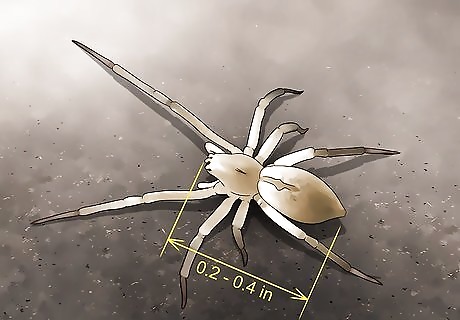
Determine if the spider is .2 to .4 inches (1 cm) in length (5 to 10 mm). The yellow sac spider is a relatively small and slight spider. While females are somewhat larger, large spiders will only measure .4 inches (1 cm) (10 mm) in length (without their legs).
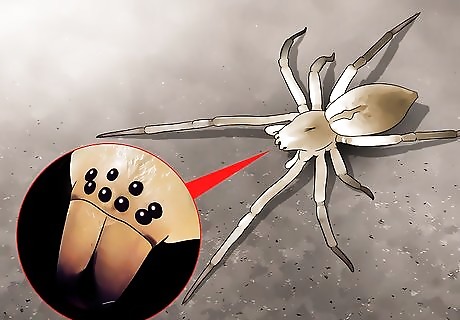
Look for the spider's eight similarly-sized eyes. The yellow sac spider's eight eyes are mostly equal in size and are arranged in two even lines. While the eyes are mostly black, the two middle ones might appear silver or gray. Their head and eyes may be covered with tiny black or silver hairs.
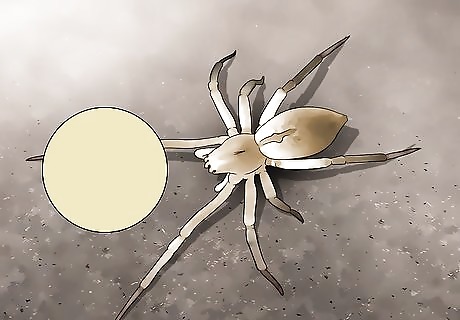
Spot the yellow color of the spider. Most yellow sac spiders are pale yellow or tan. However, some of them range from a light green, to orange, to a light brown. This is largely dictated by the spider's habitat and diet. As a result, be aware that the spider's color may vary based on the region you live in.
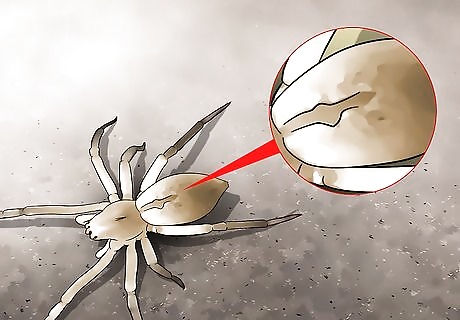
Observe a “heart mark.” Yellow sac spiders have a dark mark/line that runs up and down the middle of the spider's abdomen. The heart mark is named so because it crosses over the area where the spider's heart is located.
Spotting the Spider's Sleep-Sac
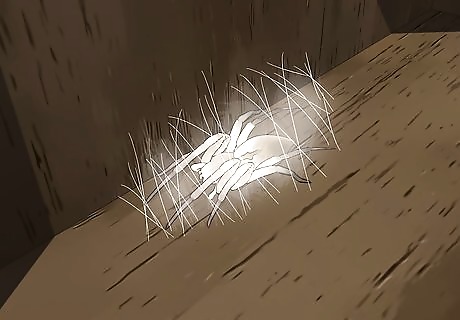
Look for a “sleep-sac.” Sac spiders spin a silk-like tube or sac. They use the sacs to sleep in during the day. They tend to spin these sacs around dawn. Ultimately, the spider's sleep-sac is one of its most characteristic qualities. Yellow sac spiders don't spin webs, they create sleep sacs.
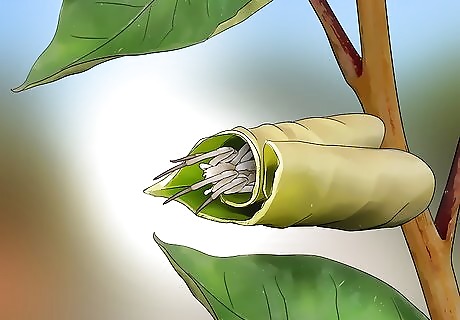
Watch for sacs in rolled up leaves or under sticks and logs. When outside, you'll find sacs under sticks, logs, in rolled up leaves, or in any other area where the spider feels like it will be secure and out-of-the-way. You may run into sleep-sacs when you're gardening, racking leaves, or cutting hedges.
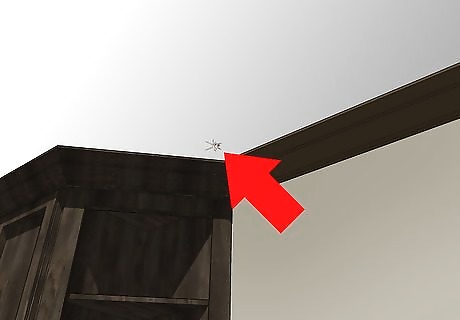
Observe yellow spider sacs in hard-to-reach areas indoors. Yellow sac spiders tend to create their sacs where interior walls meet the ceiling, behind pictures, or around windows. These are out-of-the-way places where they won't be disturbed in the daytime.
Observing the Spider's Behavior and Habitat
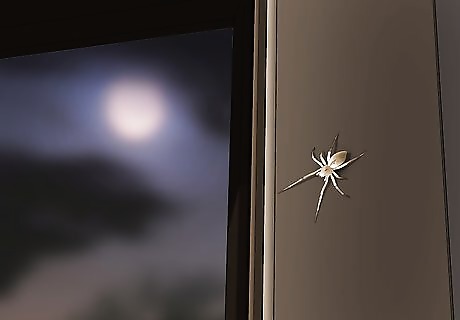
Look for the spiders hunting at night. Yellow sac spiders are nocturnal. As a result, you can spot them hunting their prey at night time. They feed on flies and other small insects. As a result, you may be able to observe the spider hunting in an area where there are many flies or similar-sized insects.
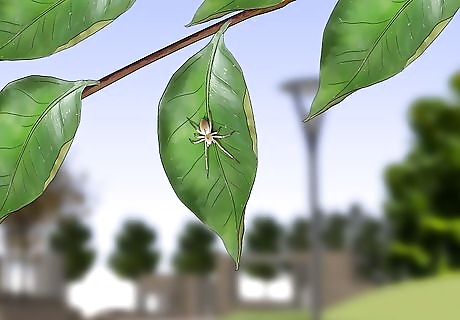
Look for the spiders in trees and shrubs that border open areas. In the outdoors, yellow sac spiders are commonly found on the margins of open spaces like fields, meadows, or even parking lots. They can be found in bushy trees and large shrubs.
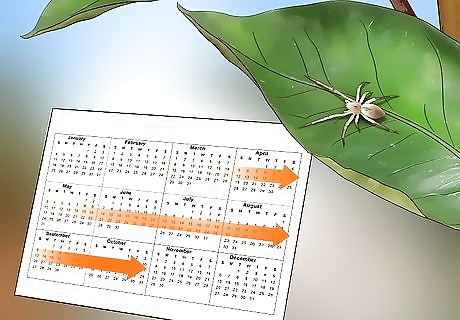
Observe the spiders outside during the spring and summer. Depending on your region, yellow sac spiders can commonly be spotted outside from April to October - warmer months when eggs hatch and young spiders mature.

Watch for immature spiders moving inside during the late fall. As the weather turns, yellow sac spiders tend to migrate into cars, buildings, dead trees, and other structures. There, they create sacs to in which they stay during the winter. They'll emerge fully mature in the spring.
















Comments
0 comment